2018-09-27
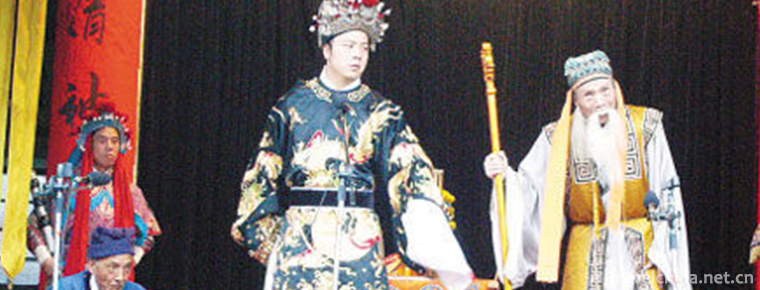
- By ChinaWiki.net
- Chinese Edition
- 2019-06-28
Lotus in Wenzhou
Wenzhou lotus is a local opera evolved from Wenzhou Taoism, and it is also one of the main operas in Zhejiang Province. It has spread to Wenzhou (including the counties under its jurisdiction) and parts of Taizhou and Lishui. It is now on the verge of extinction.
On June 7, 2008, the "Wenzhou Lotus" jointly declared by Lucheng District and Yongjia County of Wenzhou City, Zhejiang Province, was listed in the second batch of national intangible cultural heritage list with the approval of the State Council. Heritage serial number: 777 V-84.
historical origin
Wenzhou lotus is a kind of melody evolved from Wenzhou Taoist sentiment. It has spread to Wenzhou (including the counties under its jurisdiction) and parts of Taizhou and Lishui. It is one of the main kinds of music in our province. Among them, there are "big lotus", "small lotus", "counterpart lotus", "talking and singing lotus". In the 1950s, artists created "accompanying lotus". Wenzhou lotus blossoms flourished in the late Qing Dynasty and the early Republic of China. The curtain is set on the streets and alleys... The temples of the palaces are tumultuous. Around the streets and lanes, there are incense cases, describing the lyrics of Lotus Flowers. A large number of famous artists have also appeared. In the 1950s, under the influence of Zhu Cuiyue, a famous female artist, lotus blossoms were popular in Wenzhou.
There are more than 50 traditional long bibliographies of Lotus in Wenzhou. Subjects related to Buddhism and Taoism are more secular stories and folklores, especially the unique bibliographies of Gaoji and Wu Sanchun, Huang Sanyi and Lin Baolang, Liu Wenlong, Shuangjiangdu, Giving Gold Medal and Jiuqu Umbrella, which took place in Wenzhou and its vicinity.
As an excellent traditional folk art, lotus flower in Wenzhou is widely spread, and is well known to women and children in southern Zhejiang. It is mainly distributed in Nanxi River basin, Lucheng, Yueqing and other places, which are famous for its beautiful water, rocky rocks, waterfalls, ancient villages and beautiful beaches. Its predecessor is Tao Qing, but it still retains Tao Qing singing tune. "Jiajing Zhejiang Tongzhi" records that "the king of Shidong Ou believed in ghosts, so Dongou believed in ghost music words more." "Yongjia Hear and See Music" contains: "King Ou of the past, believe in his ghost wind,... There are often rap and singing voices in every alley. Wenzhou lotus has a long history, and the prosperity of its singing can also be seen here.
artistic characteristics
The reason why Wenzhou lotus is popular among the people is that it has its own remarkable characteristics. One is that lotus artists can sing "Sheng, Dan, Master and Servant" of a play, which determines that an artist should have a variety of skills in theatrical performance. And can use literature, music, action, expression, etc. to shape the image of the characters, with the environment, scenes as a foil, has its own unique personality. Secondly, Wenzhou lotus has a long history of inheritance, at least from the recorded King of Dongou, which lasted more than 2,000 years; thirdly, the content of the words is rich, involving many areas of customs and customs; fourthly, the musical instrument is simple, the only love tube, only a pair of Yin and Yang boards.
In the past, at Temple fairs, Buddhist birthdays, fairs, children's birthday celebrations to Zhou and the elderly, lotus artists were said to wear Taoist robes and scarves to perform on stage. It requires at least two people, one singer and one receiver. Wenzhou lotus singing is divided into "sitting on stage" and "row street". In temples, ancestral temples or tea houses and restaurants, the performers are "sitting on the stage". "Paijie" means to sing. Two artists go from house to house, one beats the love tube and one hits the Yin and Yang boards to sing. The basic tunes are Daoist sinus, lotus sinus, small lotus, big lotus, counterpart lotus, sad tune, adagio, allegro, laminate, Phoenix tail, etc. Various tunes are always interlaced around them. Although the structure and content of each paragraph are different, they share the same basic structure and law. That is, Tao Qing Dou and Lianhua Dou run through the whole poem and become a complete structure.
Current situation of inheritance
Fortunately, this year, Wenzhou Lotus has successively obtained the list of intangible cultural heritage protection at the provincial, municipal and county levels. Zhejiang Provincial Department of Culture also declared it to the Ministry of Culture as a national intangible cultural heritage protection project. Relevant departments have also taken rescue and protection measures for this excellent folk opera. Among them, there are "big lotus", "small lotus", "counterpart lotus", "talking and singing lotus". In the 1950s, artists created "accompanying lotus". Wenzhou lotus blossoms flourished in the late Qing Dynasty and the early Republic of China. The curtain is set on the streets and alleys... The temples of the palaces are tumultuous. Around the streets and lanes, there are incense cases, describing the lyrics of Lotus Flowers. A large number of famous artists have also appeared. In the 1950s, under the influence of Zhu Cuiyue, a famous female artist, lotus blossoms were popular in Wenzhou. There are more than 50 traditional long bibliographies of Lotus in Wenzhou. Subjects related to Buddhism and Taoism are more secular stories and folklores, especially the unique bibliographies of Gaoji and Wu Sanchun, Huang Sanyi and Lin Baolang, Liu Wenlong, Shuangjiangdu, Giving Gold Medal and Jiuqu Umbrella, which took place in Wenzhou and its vicinity. Wenzhou Lotus's singing music also has its own characteristics, especially the singing method of each sentence with the help of tune is very rare, which is very similar to Taozhen's singing method described in Ruian Gao Zecheng's Pipa Record in Ming Dynasty. Only six actors, Dai Chunlan (female, born in 1944), Pan Aiguo (born in 1945), Ye Haiqin (female, born in 1963), Lin Caiqin (female, born in 1965), Pan Peili (female, born in 1972) and Pan Beibei (born in 1974), are still present in Wenzhou, with few performances and endangered songs.
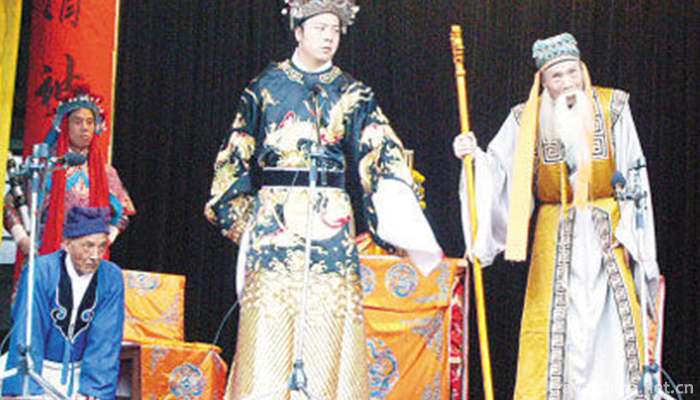
Ask a Question
Your email address will not be published.
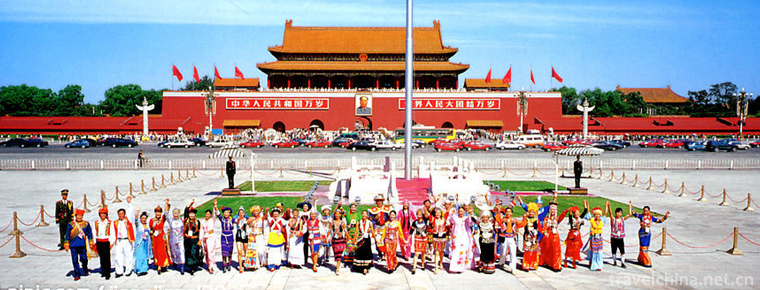
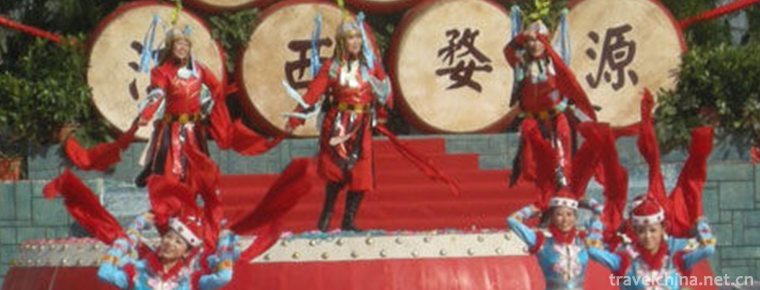
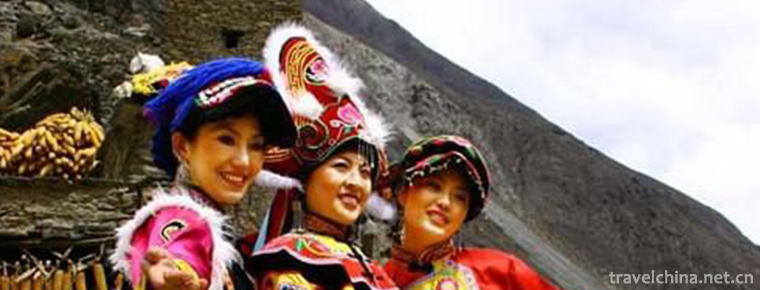
0 Questions